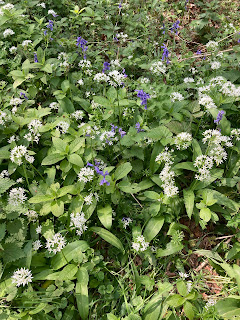Mute swan
A pair of Mute swans, shot through my binoculars.
As one of the UK's largest birds, and being bright white, the Mute swan (Cygnus olor) is difficult to miss as it patrols the waterways with an elegance frequently remarked upon by authors and poets. The most well known is perhaps its appearance in the children's story The Ugly Ducking by Hans Christian Andersen, where he describes the swan's transformation from cygnet to adult from 'ugly' to beautiful.
Mute swans have long been associated with royalty, eating them was seen as a status symbol in the past, as payment to monarchy was required for the privilege. In order to own swans in the 15th century, payment needed to be made to the king to receive a 'swan mark' which was engraved into the beaks of the swans, any unmarked swans were property of the monarch. This practice was continued until the 19th century, when the wife of King Edward VII, Queen Alexandra stopped it, as it was considered an unnecessary cruelty towards the birds. However, the king still owns all swans on open water in England today. Perhaps due to this protection from the crown, mute swans are not a threatened species and are 'green listed' in the UK.
Mute swans can be differentiated from other swan species (such as Whooper and Bewick's swans) by their orange beak with a black base and 'bump', which almost looks like a nose and is larger in males during the breeding season. They are a widespread species found across the UK with a breeding population of around 7000 pairs and a wintering population of around 53,000 individuals. There has been an overall increase in numbers since the 1960s in both breeding and wintering populations. Mute swans are not a particularly migratory species in the UK, however, some individuals ringed in the UK have been recovered as far away as Scandinavia and eastern Europe.
They are a long-lived species, typically living to around 10 and the oldest recorded being nearly 30 years old! They are notoriously aggressive towards people, particularly during the breeding season, though tales of broken arms are apparently fictitious.





Comments
Post a Comment